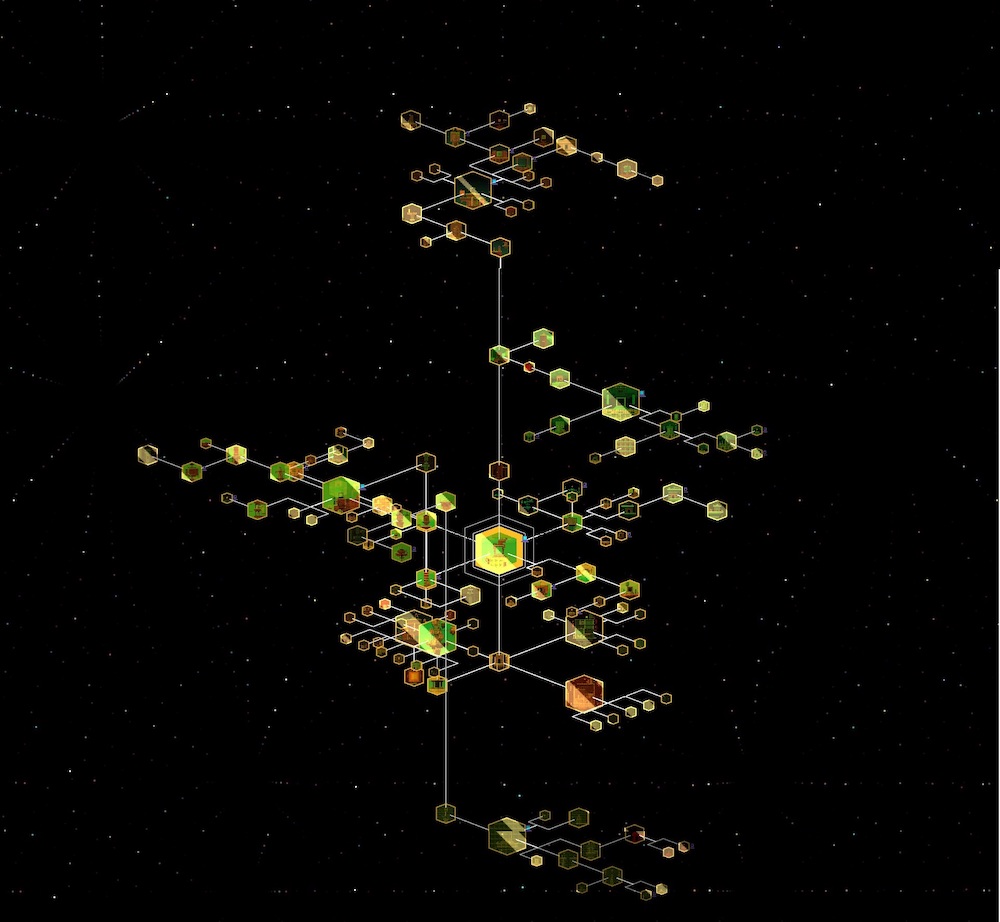The Beauty of Fez
Arful Design Chapter 6
Chapter 6 of Ge Wang's Artful Design discusses game design,
including what makes for an artful user experience. It made me reflect on
what games I've enjoyed in the past: the first video game I ever played
through from start to finish was Fez, a 2D platformer set in a 3D world. You
navigate by controlling your perspective, shifting which plane you are on
in order to avoid obstacles and progress.
Fez weaves an interconnected web between its narrative,
mechanics, and aesthetics to create a game masterfully self-aware of its
medium. The game begins with Gomez, your character, traversing his home
village in 2D, unaware that there is even a third dimension. Then from
the sky, a mysterious hexahedron appears and gives him a red fez before
breaking apart, ripping a hole in his world's spacetime. Here the game most
explicitly breaks the fourth wall by appearing to crash and restart, this time
in 3D. Aesthetically, the graphics and audio mirror such a reboot, both
modern revamps of the archetypal 8-bit 2D platformer style. Cubes are used
in some recombination for almost all objects within the world, building
complexity from simplicity as well as reinforcing the 8-bit aesthetic.
The transition from 2D to 3D in Fez

Fez's sprawling map [source]
In addition to working on a more philosophical level, Fez is also just a well-designed user experience. It balances the ludic and paidaic beautifully, combining a clear narrative with a map so vast and web-like that you can largely choose where you go and when. The puzzles have a wide range in difficulty, but it is easy to leave and come back if you get stuck. There are also multiple endings depending on whether you complete a minimum number or finish every puzzle possible (including hidden ones). Even when facing a difficult room, the puzzles often require more patience and problem-solving than pure dexterity, another subversion of the traditional platform game design. With no enemies and no conflict other than your own desire to solve, Fez is a sublime balance of challenging and peaceful, urging you to explore at your own pace and to whatever extent makes you happy.